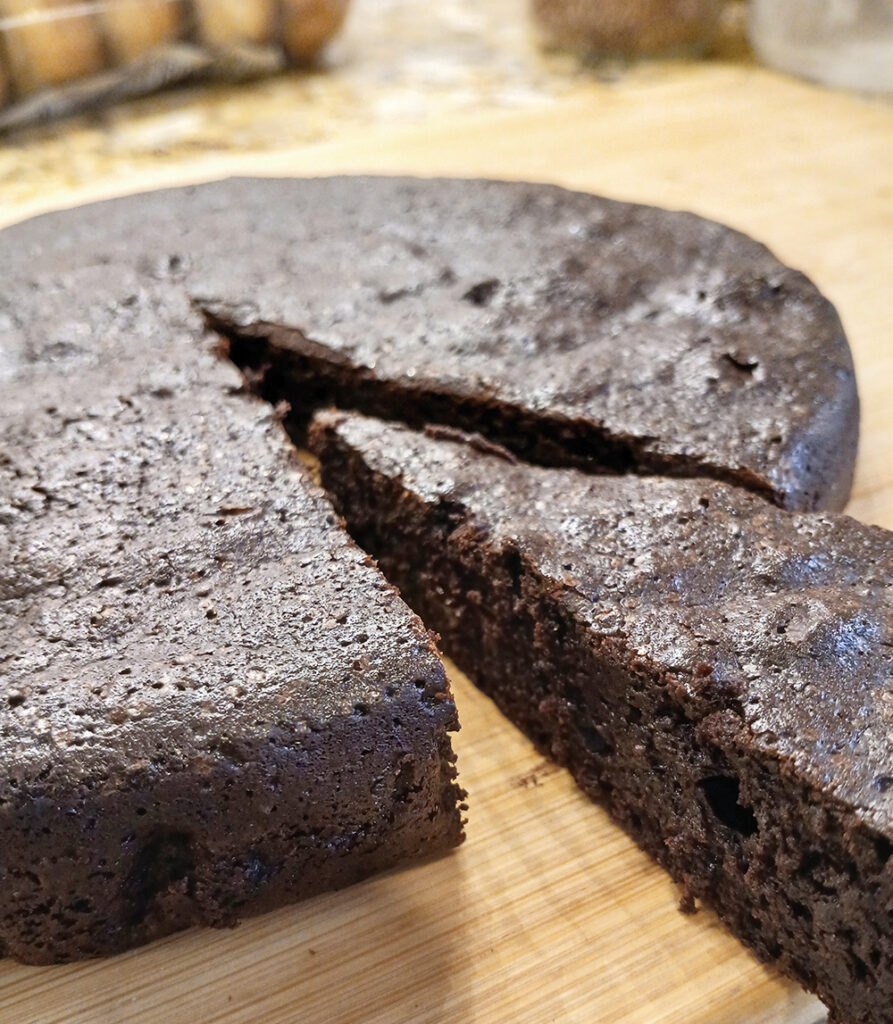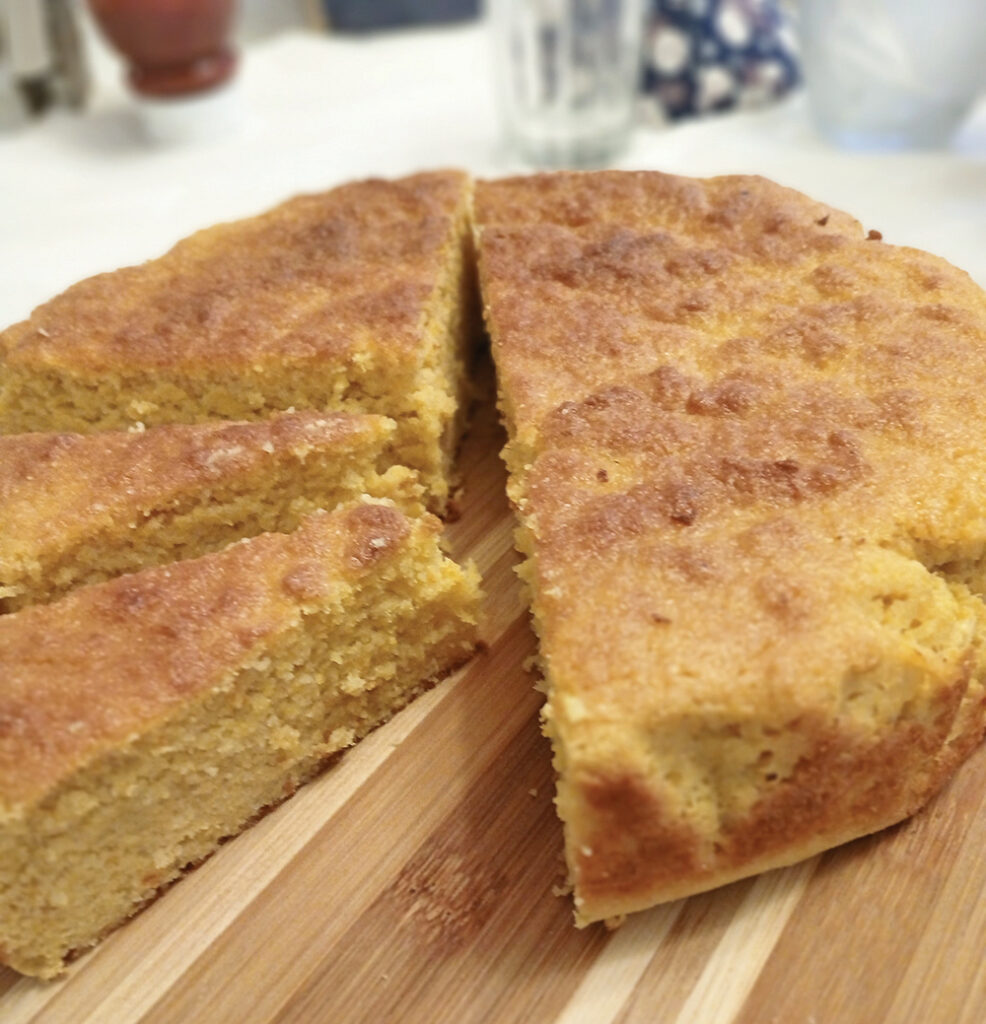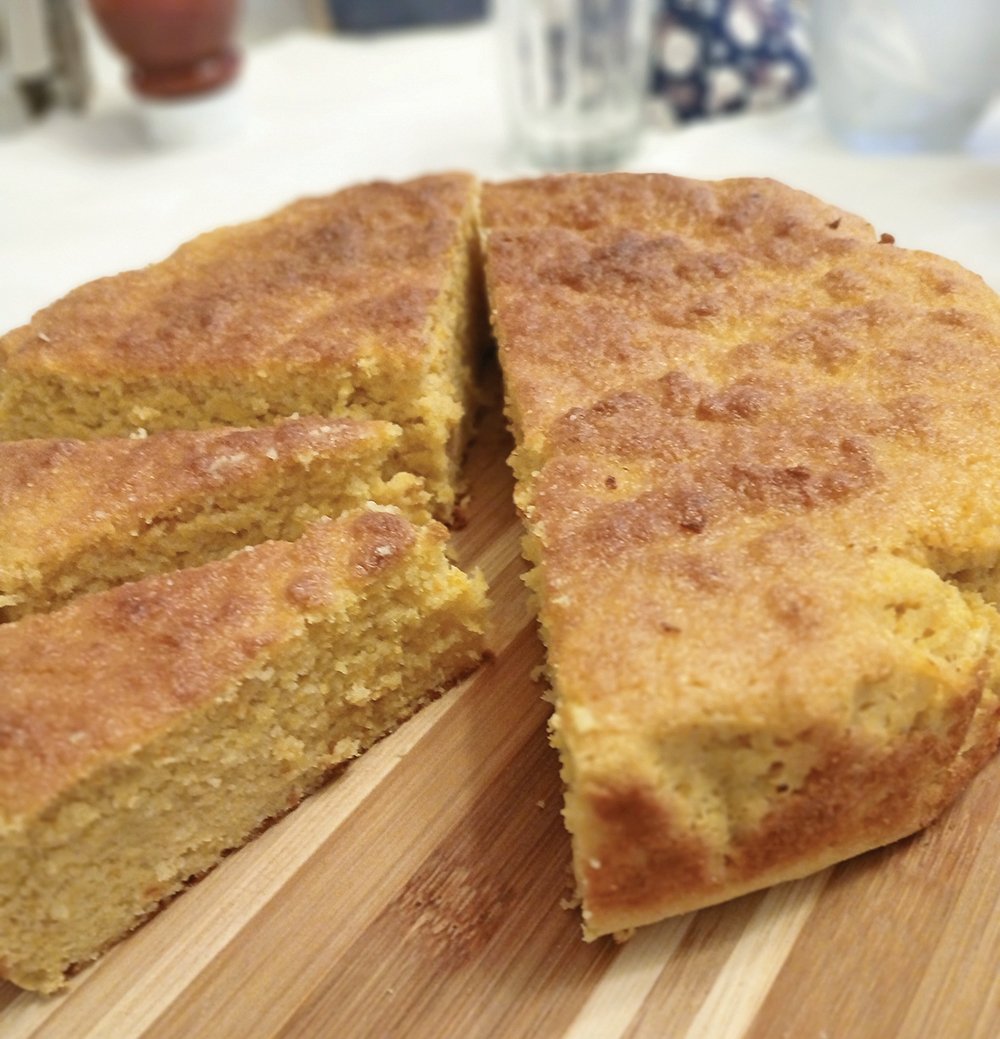Potato Leek Soup
I never understood why, during the Exodus, Bnei Yisrael missed the leeks of Egypt so much (Bamidbar 11:5) until I made this recipe. If you’re not familiar with the wonderful flavor of leeks, try this soup. It’s delicious, easy and reliable, and uses only two main ingredients: leeks and potatoes (OK, ancient Egyptians didn’t have potatoes, that’s true.) It helps to have an immersion blender, standing blender or food processor. Adapted and simplified from Mollie Katzan’s second “Moosewood” cookbook.
Ingredients
- 2 or 3 leeks
- 3-4 tablespoons olive oil or other oil
- 1 to 2 pounds potatoes
- 4 to 6 cups water or boiling-hot water
- Salt to taste, e.g., 1 tablespoon kosher salt or ½ tablespoon table salt.
Directions
- Working in sections, cut the leeks in half lengthwise, then across into 1-inch or ½-inch half-moon segments. Discard the very dark green parts, but include the white and bright green sections.
- Rinse well under running water or soak in a large bowl or salad spinner—there will be sand.
- Pour off excess water, dump the clean leeks into a large pot (e.g., 5-quart pot), add oil and sauté for about 10 minutes, stirring occasionally. Meanwhile, peel the potatoes and cut them into cubes about an inch in size.
- Add the water to the pot and bring to a boil. Add the potatoes and salt, and simmer until the potatoes are soft, at least 20 minutes (or let it simmer as long as a couple hours; this soup is very forgiving.) Blend until you have an even purée, moderately thick. Adjust with more water or salt as desired.
The flavor improves remarkably the next day and beyond, so it’s a great recipe to make well in advance, as for this year’s Seder, which starts on Saturday night.
Notes:
I use Idaho/Russet potatoes, but any type will do.
Immersion blenders are perfect for Pesach: small to store, and easy to clean by hand. Be sure to find one with stainless steel on the immersion end, rather than plastic.
If you have no way to blend the soup, it’s OK; just cut the leeks crosswise into very thin slices before you rinse them, and cut the potatoes as small as you can. The soup will be a little different, but still great.

Lava-ish Chocolate Cake
My kids describe this as “almost like Estihana’s Lava Cake,” high praise indeed. It’s only a little harder to make than boxed cake mixes, but much, much better. Worth the effort. Adapted from a French recipe.
Ingredients
- ½ cup margarine (one regular-sized stick)
- 4 ounces bittersweet chocolate, e.g., 72% (see note)
- ¾ cup sugar
- 3 large eggs
- ½ cup cocoa powder (unsweetened)
Directions
- Preheat oven to 350 F. Grease or parchment-cover an 8-inch round pan, or a pan with a similar area.
- Cut the margarine and chocolate into smaller pieces and microwave together, 15 seconds at a time, until it’s all barely melted. Stir after each microwaving; the chocolate may not look melted when it actually is. Or, improvise a double boiler.
- Remove from the heat. Stir the sugar into the chocolate. Let it cool for 5 minutes or so, and stir in the eggs. (The cooling ensures you won’t cook the eggs in this step.)
- Now, the only tedious step: Sift the cocoa powder into the batter using a mesh strainer, bit by bit, mixing it in each time. Sifting will ensure there are no lumps, but if you don’t have a strainer or sifter, you can get away with carefully adding it gradually.
- Pour the batter into the pan. Bake 25 minutes. Let cool. If you used parchment paper, it will lift out easily.
Notes:
If you can’t find a bittersweet bar, 4 ounces semi-sweet chocolate chips will do, or use 3 ounces chips and 1 ounce non-sweet baking chocolate.
To improvise a double boiler, set the margarine and chocolate in a glass bowl on top of a pot containing simmering water, and let the steam gently warm it up.
If you don’t have an 8-inch round pan (50 square inches), any shaped pan roughly that size will do. If your pan is much smaller, the cake will be thicker and it may need 5 extra minutes to bake—use a toothpick to test for doneness.

French Passover Orange Cake
Boil whole oranges? Really? When I saw this in a French cookbook I had to try it for its uniqueness. The deep orange flavor is wonderful, and the sweetness is just enough to counterbalance the bitterness of the rind, making it a very flavorful cake with a slight bitter twist that adults will like … kids will not. Requires a blender, food processor or immersion blender.
Ingredients
- 2 medium oranges, preferably juice oranges
- 6 large eggs, room temperature if possible
- 2 ¾ cups almond flour or almond meal—see notes
- 1 ½ teaspoon baking powder
- 1 ¼ cups sugar
Directions
- Leave the oranges whole. Rinse, put them in a pot, cover them with water, bring to a boil, and simmer 30 minutes. Let them cool on a cutting board. Feel free to lop off any rind that wasn’t submerged when boiling.
- Preheat oven to 325 F. Grease, or cover with parchment paper, a 9-inch round pan (or any cake pan approximately 64 square inches or smaller.)
- When the oranges are cool enough to handle, cut them into eighths and remove all seeds. If you have a food processor or blender, blend them to a paste. If you have an immersion blender, add two or four eggs to help with the blending.
- Add all (remaining) eggs, sugar, almond meal and baking powder. Mix minimally, until barely mixed together. (You might premix the dry ingredients so the baking powder is evenly distributed.) Pour into pan. Bake 60 minutes until golden brown. If using a smaller pan, the cake will be deeper, so bake a few minutes more and test for doneness using a toothpick.
Notes:
Nut allergy? Try banana flour. Or quinoa flour. Many alternatives are available on Pesach. Note that banana and quinoa flours are dryer than almond flour, so they may need an extra tablespoon or two of water or orange juice. And, it is very important not to over-mix banana or quinoa flour, or the cake will come out flat. Just stir by hand until barely mixed. Chefs also recommend using 20% less banana flour when swapping it in.
If you can, use organic oranges to avoid the dye they paint onto non-organic oranges. The dyes are still food-safe, but who needs it?
This recipe is better with smaller, thin-skinned juice oranges, since it’s mostly the white part of the rind that is the most bitter. But any oranges will do. If the oranges you use are huge with a thick skin, you might wish to discard some of the rind (after they have been boiled).
Dan Dyckman received his M.D. from Brown University in 1984, followed by an internship year in a Connecticut hospital, a master’s degree in biostatistics from the Harvard School of Public Health in 1987, and a computer science degree from U.C.Berkeley in 1991. He is now retired.











